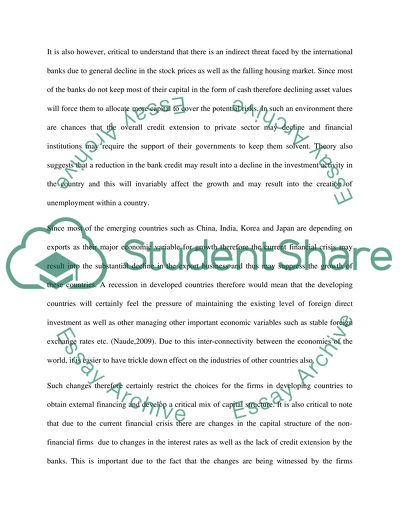Cite this document
(“An Empirical study of determinants of capital structure of Essay - 1”, n.d.)
An Empirical study of determinants of capital structure of Essay - 1. Retrieved from https://studentshare.org/miscellaneous/1571614-an-empirical-study-of-determinants-of-capital-structure-of-non-financial-companies-in-egypt-before-and-after-the-financial-crisis
An Empirical study of determinants of capital structure of Essay - 1. Retrieved from https://studentshare.org/miscellaneous/1571614-an-empirical-study-of-determinants-of-capital-structure-of-non-financial-companies-in-egypt-before-and-after-the-financial-crisis
(An Empirical Study of Determinants of Capital Structure of Essay - 1)
An Empirical Study of Determinants of Capital Structure of Essay - 1. https://studentshare.org/miscellaneous/1571614-an-empirical-study-of-determinants-of-capital-structure-of-non-financial-companies-in-egypt-before-and-after-the-financial-crisis.
An Empirical Study of Determinants of Capital Structure of Essay - 1. https://studentshare.org/miscellaneous/1571614-an-empirical-study-of-determinants-of-capital-structure-of-non-financial-companies-in-egypt-before-and-after-the-financial-crisis.
“An Empirical Study of Determinants of Capital Structure of Essay - 1”, n.d. https://studentshare.org/miscellaneous/1571614-an-empirical-study-of-determinants-of-capital-structure-of-non-financial-companies-in-egypt-before-and-after-the-financial-crisis.


